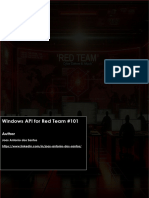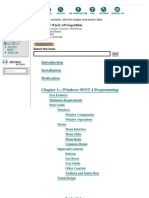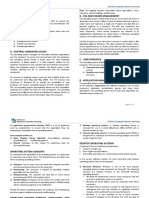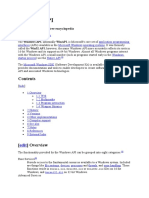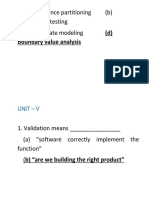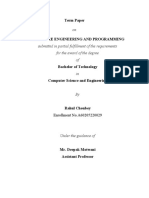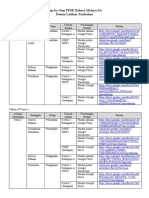0% found this document useful (0 votes)
82 views9 pagesWindows API
The document provides a comprehensive overview of the Windows API for developing desktop and server applications, detailing various categories such as user interface, data access, diagnostics, graphics, and networking. It highlights the capabilities of the API across different Windows versions and includes information on deprecated or legacy APIs. The document serves as a reference for developers to utilize the features and functionalities of the Windows operating system effectively.
Uploaded by
Kristijan ZalacCopyright
© © All Rights Reserved
We take content rights seriously. If you suspect this is your content, claim it here.
Available Formats
Download as DOCX, PDF, TXT or read online on Scribd
0% found this document useful (0 votes)
82 views9 pagesWindows API
The document provides a comprehensive overview of the Windows API for developing desktop and server applications, detailing various categories such as user interface, data access, diagnostics, graphics, and networking. It highlights the capabilities of the API across different Windows versions and includes information on deprecated or legacy APIs. The document serves as a reference for developers to utilize the features and functionalities of the Windows operating system effectively.
Uploaded by
Kristijan ZalacCopyright
© © All Rights Reserved
We take content rights seriously. If you suspect this is your content, claim it here.
Available Formats
Download as DOCX, PDF, TXT or read online on Scribd
/ 9

